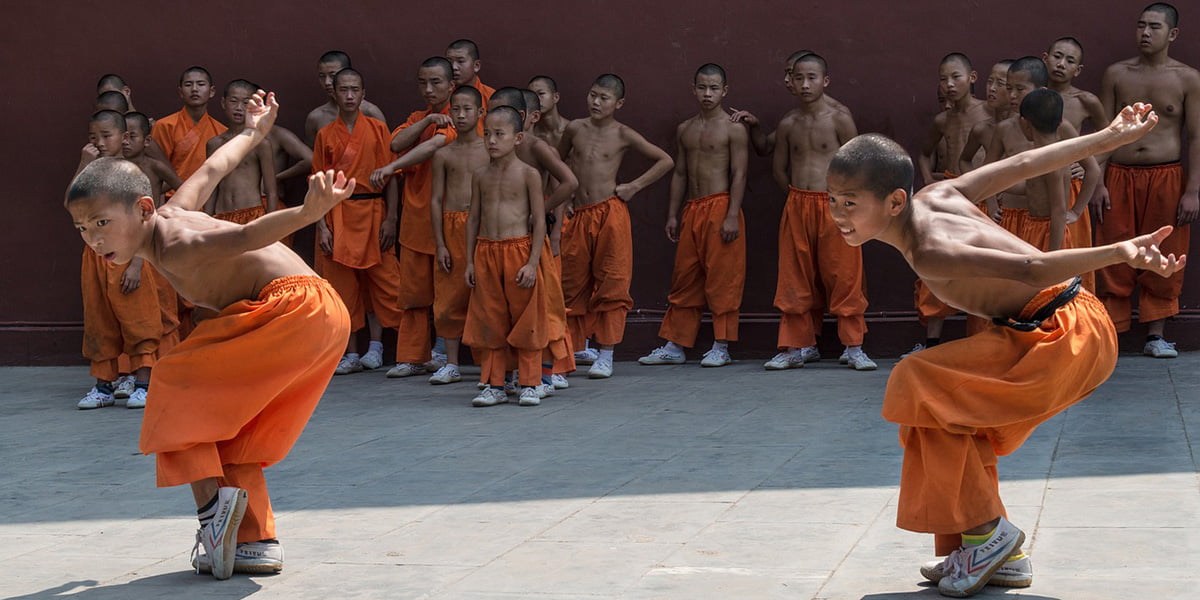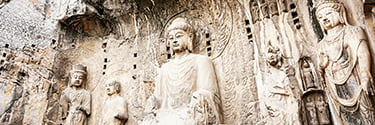Unlocking the Magic of Chinese New Year: A Journey Through Traditions and Celebrations
Are you ready to embark on a captivating journey into the heart of China’s cultural tapestry? Prepare to be spellbound as we explore the enchanting world of Chinese New Year, a celebration that transcends time and resonates with the very essence of Chinese culture. Join us on a virtual voyage through the origins, traditions, and modern-day festivities of this vibrant holiday and discover how it’s intrinsically linked to travel experiences across China’s diverse landscapes and cities.
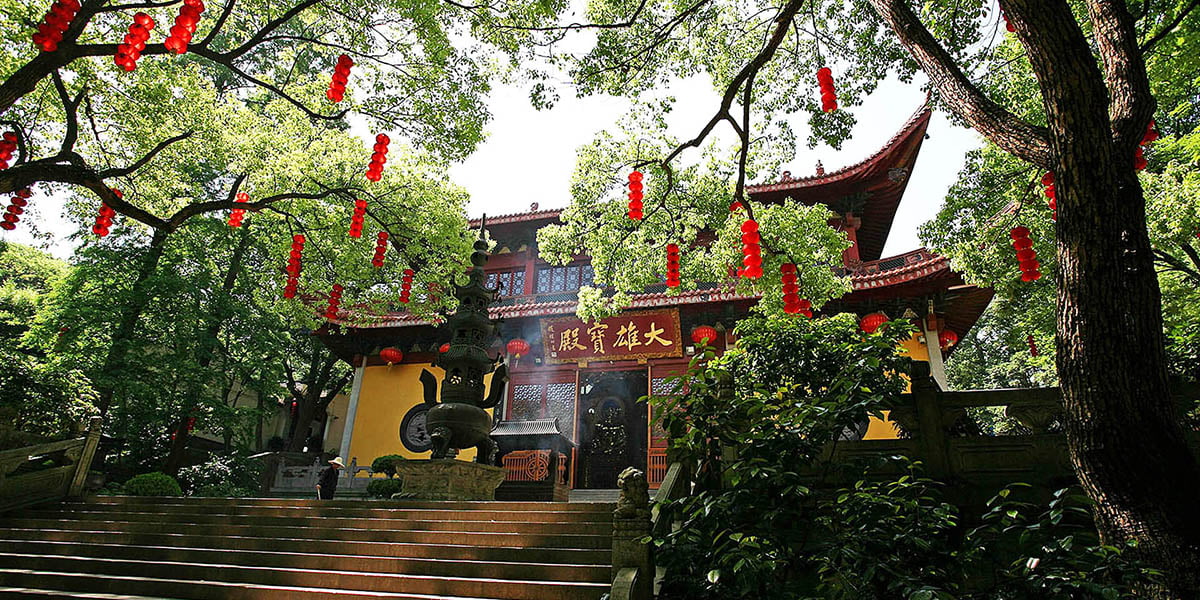
The Birth of a Tradition
Chinese New Year, also known as Spring Festival or Chūn Jié (春节), is a time-honored celebration that marks the beginning of the lunar new year. With roots that stretch back over four thousand years, this remarkable festival is steeped in legend and symbolism. According to ancient tales, the holiday originated as a means to fend off a mythical beast called Nian (年), which would terrorize villages at the end of each year. Villagers discovered that loud noises, the color red, and the bright light of firecrackers could drive Nian away.
From these humble beginnings, the Chinese New Year evolved into a multifaceted celebration, blending rich customs, mythology, and a deep connection to the natural world. Today, it’s not just a holiday but a cultural spectacle that resonates across the entire nation.

Traditions That Illuminate the Soul
One of the most iconic symbols of Chinese New Year is the red envelope, known as “hóngbāo” (红包). These red packets, filled with money, are traditionally given to children and unmarried young adults as a symbol of good fortune. The act of gifting red envelopes embodies the spirit of well-wishing and blessings for the year ahead.
The reunion dinner on New Year’s Eve is another cherished tradition. Families come together from far and wide to share a sumptuous meal. Dumplings, fish, and longevity noodles are staples on the menu, each carrying its unique significance. Dumplings, for example, symbolize wealth, while fish represents prosperity and abundance. The meal itself is a testament to the importance of family and togetherness in Chinese culture.
A significant part of Chinese New Year’s allure is the beautiful array of decorations that adorn homes and streets. Red lanterns, couplets with auspicious phrases, and intricate paper-cuttings transform cities into vibrant, visually stunning landscapes. The color red dominates, symbolizing good luck, happiness, and the warding off of evil spirits.
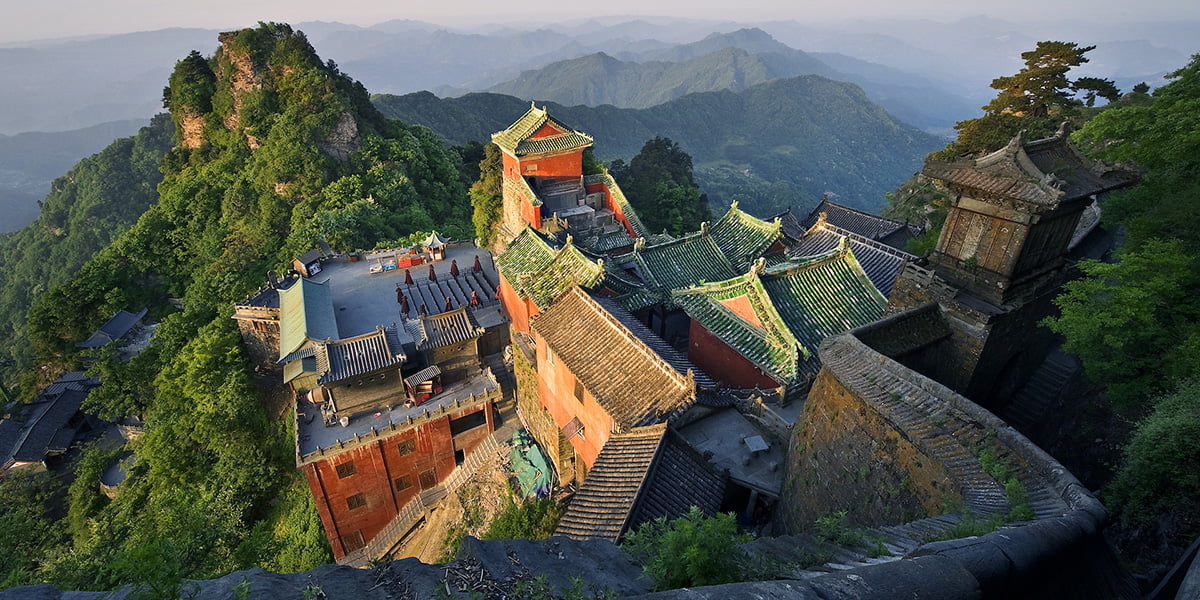
The Modern-Day Spectacle
Now, imagine yourself immersed in this sea of red and gold, surrounded by the sounds of firecrackers and the aroma of delicious New Year delicacies. The atmosphere is electric, and the energy palpable. As you explore the heart of Beijing’s ancient hutongs or stroll through the bustling streets of Shanghai’s historic Bund, you’ll find these traditions come to life in an enchanting blend of old and new.
In Beijing, you can witness the grandeur of the Temple of Heaven, where locals gather to pray for a prosperous year ahead. The park is alive with the sounds of traditional music, and the air is filled with the swirling colors of kites soaring high above.
Shanghai, on the other hand, presents a mesmerizing contrast between its modern skyline and the traditional Yuyuan Garden. The vibrant bazaars around the garden burst forth with New Year’s decorations, handcrafted trinkets, and mouthwatering snacks. The city’s iconic Bund, with its historic buildings, becomes a spectacle of light and sound during the New Year celebrations.
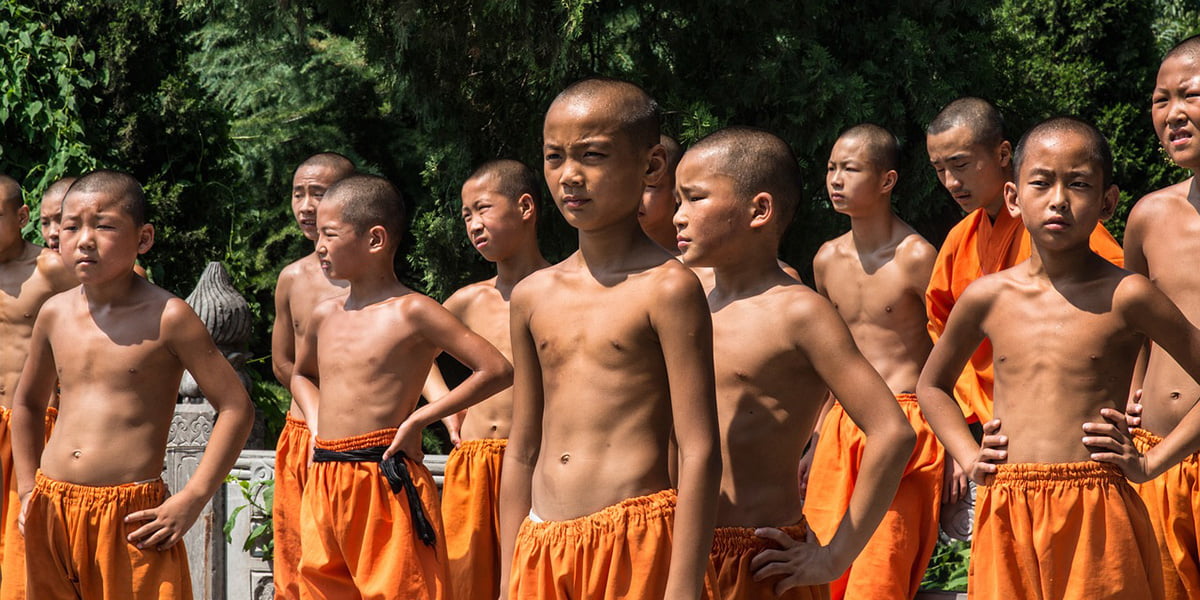
From the Metropolis to the Countryside
As you journey further into China, the New Year’s festivities take on a unique character in each region. In Guilin, known for its breathtaking karst landscapes, you can join in on the traditional “Bai Nian” (拜年) practice, where you pay respects to your elders. The backdrop of stunning natural beauty adds an extra layer of magic to this heartwarming tradition.
The ancient water towns of Suzhou, with their picturesque canals and historic architecture, transport you back in time. During the New Year, these towns come alive with lantern festivals, boat parades, and folk performances that capture the essence of China’s rich cultural heritage.
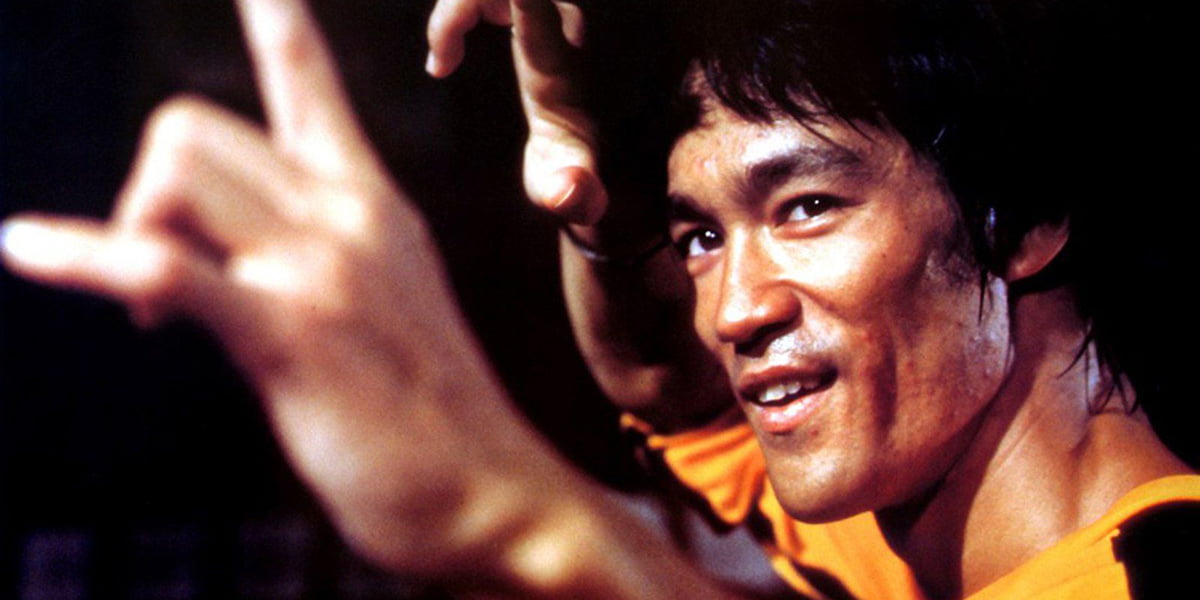
Embracing the Spirit of Chinese New Year in Chengdu
Chengdu, the capital of Sichuan province, is a city renowned for its spicy cuisine, Sichuan opera, and vibrant cultural scene. During Chinese New Year, the city transforms into a hub of activity. The Sichuan Opera stages captivating face-changing performances, where skilled actors change masks in the blink of an eye, leaving the audience in awe.
Chengdu’s bustling street markets are filled with the irresistible aroma of spicy hotpot and street food. Locals and visitors alike partake in “sūō nían” (锁年) or “locking the year,” a tradition where people stay up until midnight to usher in the new year, ensuring good luck and longevity. As the clock strikes twelve, fireworks illuminate the night sky, and the streets erupt with joyous celebrations.
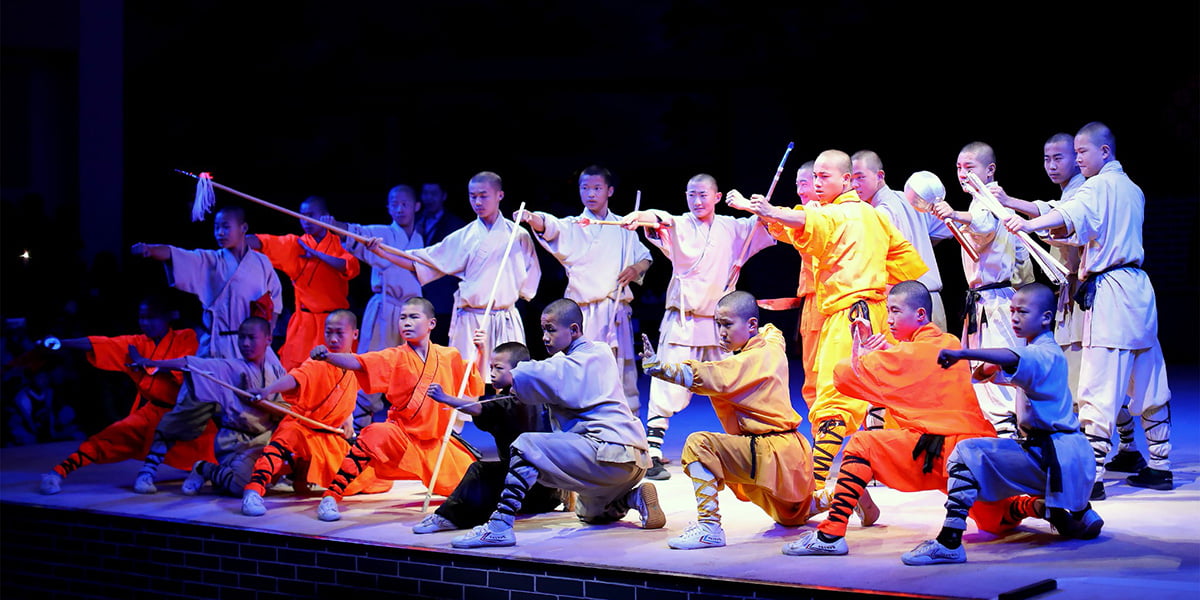
Chinese New Year: A Gateway to Explore China
The magic of Chinese New Year isn’t confined to one location; it’s a thread that weaves through the tapestry of the entire country. As you travel from city to city, you’ll witness the rich diversity of traditions and local customs, all united by the spirit of this extraordinary festival.
From the vibrant metropolises of Beijing and Shanghai to the tranquil beauty of Guilin and Suzhou, Chinese New Year offers a unique opportunity to connect with the heart and soul of China. It’s a time when the past and present converge, where ancient traditions thrive in a modern world.
Planning Your Chinese New Year Adventure
Now, you might be wondering how you can experience the magic of Chinese New Year firsthand. Traveling to China during this festive season is an unforgettable experience, but it requires some planning.
First, make sure to book your trip well in advance. Chinese New Year is a peak travel season, and accommodations and transportation can fill up quickly. Consider starting your journey in Beijing, where you can witness the grandeur of the Temple of Heaven celebrations. Then, make your way to Shanghai for a taste of its unique New Year’s traditions.
If you prefer a more tranquil experience, explore the ancient water towns of Suzhou or embrace the fiery flavors of Sichuan cuisine in Chengdu. Whichever path you choose, be prepared for a sensory feast of sights, sounds, and flavors that will leave an indelible mark on your soul.
In Conclusion
Chinese New Year is more than just a celebration; it’s a journey through time and traditions, a portal to the heart of China’s cultural heritage. It’s a moment when the entire nation comes alive, radiating with joy, hope, and the promise of a brighter future.
So, if you’re yearning for a travel experience that transcends the ordinary, consider planning your trip to China during Chinese New Year. It’s a voyage that will not only immerse you in the rich tapestry of Chinese culture but also leave you with memories that will last a lifetime. Embrace the magic, and let the spirit of Chinese New Year guide your path as you explore this extraordinary land.


